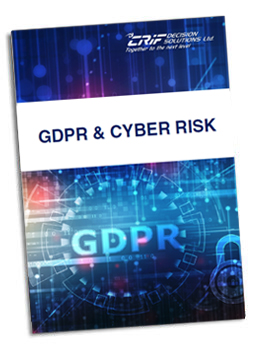How can SMEs reduce the risk of a cyber-attack?
Combined with the backdrop of the GDPR regulatory environment, the cyber landscape is also rapidly evolving with cyber criminals becoming more and more sophisticated.
The General Data Protection Regulation (GDPR), which took effect on May 25, 2018, was generated to give people control of their personal data and create a high, uniform level of data protection across the EU that's ‘fit for today’s digital age’.
Businesses, including SMEs, can expect the Information Commissioner's Office [ICO] to react with rigour if they cannot demonstrate sufficient control and protection over the data they own - especially in the event of a breach.
In addition to fines for lack of compliance, the risks of not adequately protecting data held by the business from cyber criminals are multiple, including exposure to socially engineered attacks and ransomware. Combined with the backdrop of the GDPR regulatory environment, the cyber landscape is also rapidly evolving.
According to the National Cyber Security Centre [NCSC], SMEs face a 1 in 2 chance of experiencing a security breach.
So what can SMEs do to reduce the risk of becoming victims of a cyber-attack?
How can they prevent unauthorised access to the personal information they store online and access via digital devices?
Read and download the in-depth article to learn more.

